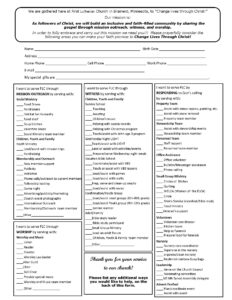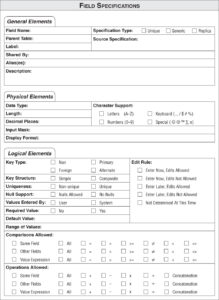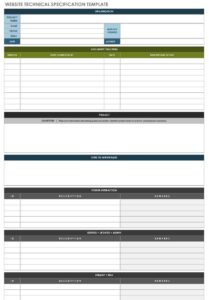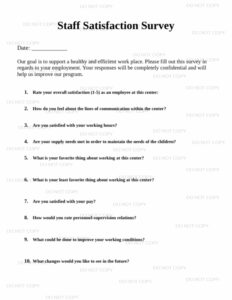Time and talent surveys can benefit organizations by enabling them to:
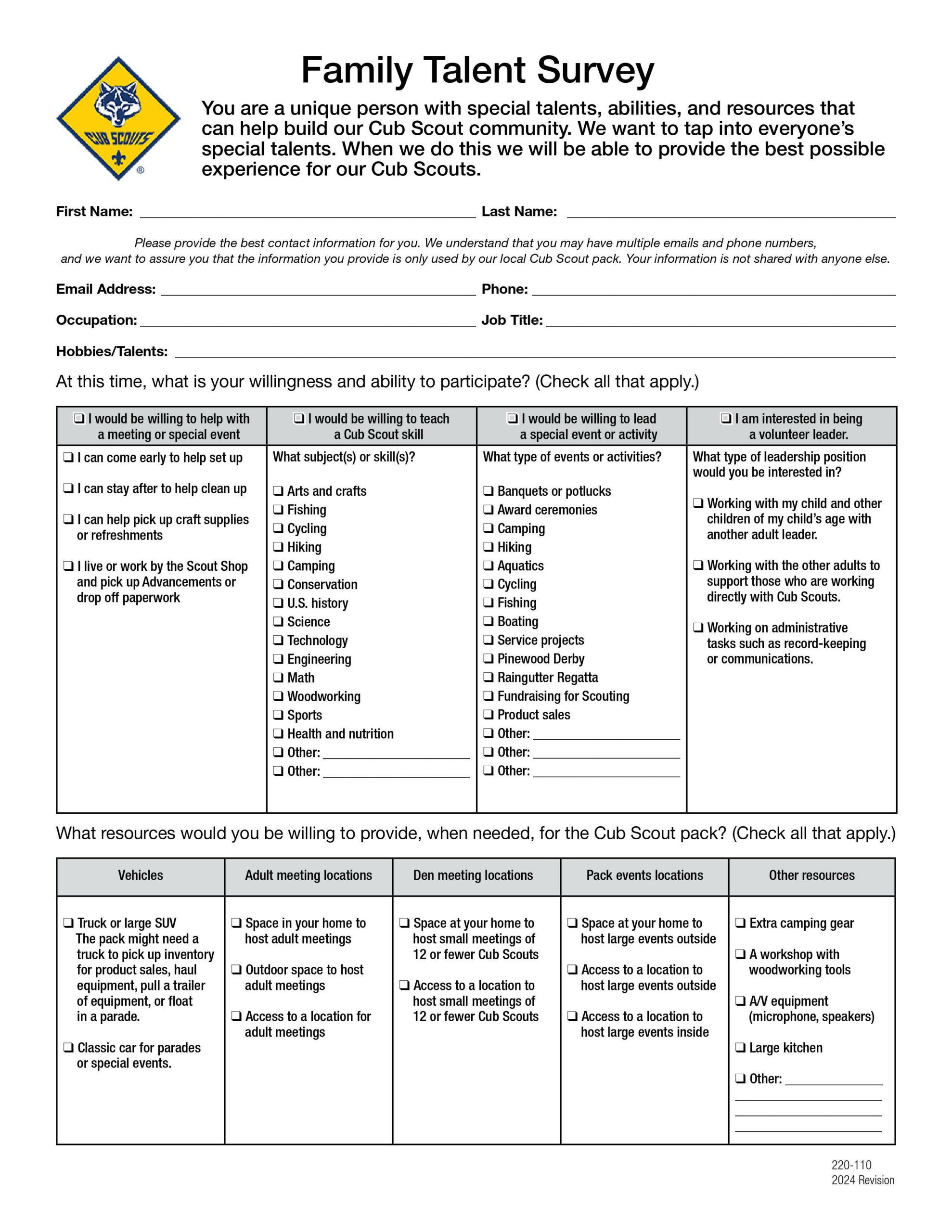
- Identify and develop future leaders
- Recruit volunteers or part-time staff
- Match individuals to roles or projects where their skills and interests can be utilized
- Create a database of skills and talents that can be accessed when needed
- Foster a sense of community and engagement among members
Time and talent surveys typically include questions about an individual’s skills, experience, interests, availability, and willingness to volunteer or take on additional responsibilities. They can be conducted online, in person, or through mailed surveys.
The results of a time and talent survey can be used to create a directory of skills and talents, which can be a valuable resource for organizations when planning projects, events, or initiatives. It can also help organizations to identify individuals who are interested in developing their leadership skills or taking on new challenges.
Key components of a time and talent survey template
Time and talent survey templates typically include the following key components:
1. Contact information
This section collects basic contact information from respondents, such as their name, email address, and phone number. This information is used to identify respondents and to contact them if necessary.
2. Skills and experience
This section asks respondents to list their skills and experience. This can include both hard skills (e.g., computer programming, accounting) and soft skills (e.g., communication, teamwork). Respondents may also be asked to rate their proficiency in each skill.
3. Interests
This section asks respondents to list their interests. This can include both personal interests (e.g., reading, hiking) and professional interests (e.g., marketing, finance). This information can be used to match respondents to volunteer opportunities or projects that align with their interests.
4. Availability
This section asks respondents to indicate their availability to volunteer or take on additional responsibilities. This may include questions about their availability on certain days of the week or times of day.
5. Willingness to serve
This section asks respondents to indicate their willingness to serve in a leadership role or take on additional responsibilities. This information can be used to identify potential leaders or volunteers.
Summary
Time and talent survey templates can be a valuable tool for organizations to identify and develop the skills and talents of their members. By collecting information about respondents’ skills, experience, interests, availability, and willingness to serve, organizations can create a database of resources that can be used to plan projects, events, and initiatives.
How to Create a Time and Talent Survey Template
Creating a time and talent survey template can be a valuable tool for organizations to identify and develop the skills and talents of their members. Here are the steps on how to create a time and talent survey template:
1. Define the purpose of the survey
Before you begin creating your survey, it is important to define the purpose of the survey. What information do you need to collect? What will you do with the information once you have it? Having a clear understanding of the purpose of the survey will help you to develop the right questions.
2. Identify the target audience
Who are you trying to reach with your survey? Is it all members of your organization? A specific group of employees? Volunteers? Once you know who your target audience is, you can tailor the survey questions to their needs.
3. Develop the survey questions
The survey questions should be clear and concise. They should be easy to understand and answer. Avoid using jargon or technical terms that your target audience may not be familiar with.
4. Use a variety of question types
There are a variety of question types that you can use in your survey, such as multiple choice, open-ended, and ranking questions. Using a variety of question types will help you to collect a variety of data.
5. Pilot test the survey
Once you have developed your survey, it is important to pilot test it with a small group of people. This will help you to identify any problems with the survey, such as unclear questions or confusing instructions.
6. Make revisions
After you have pilot tested the survey, make any necessary revisions. This may involve revising the questions, adding or removing questions, or changing the format of the survey.
7. Distribute the survey
Once you are satisfied with the survey, you can distribute it to your target audience. You can distribute the survey online, in person, or through the mail.
8. Collect and analyze the data
Once you have collected the survey responses, you need to analyze the data. This may involve using statistical software to generate reports and charts. The data analysis will help you to identify the skills, talents, and interests of your target audience.
SummaryCreating a time and talent survey template can be a valuable tool for organizations to identify and develop the skills and talents of their members. By following these steps, you can create a survey that will provide you with the information you need to make informed decisions about your organization’s future.
In conclusion, time and talent survey templates are a valuable tool for organizations to identify and develop the skills and talents of their members. By collecting information about respondents’ skills, experience, interests, availability, and willingness to serve, organizations can create a database of resources that can be used to plan projects, events, and initiatives.
Time and talent surveys can help organizations to:
- Identify and develop future leaders
- Recruit volunteers or part-time staff
- Match individuals to roles or projects where their skills and interests can be utilized
- Create a database of skills and talents that can be accessed when needed
- Foster a sense of community and engagement among members
Organizations that are looking to develop a time and talent survey template should consider the following tips:
- Define the purpose of the survey
- Identify the target audience
- Develop the survey questions
- Use a variety of question types
- Pilot test the survey
- Make revisions
- Distribute the survey
- Collect and analyze the data
By following these tips, organizations can create a time and talent survey template that will provide them with the information they need to make informed decisions about their organization’s future.
